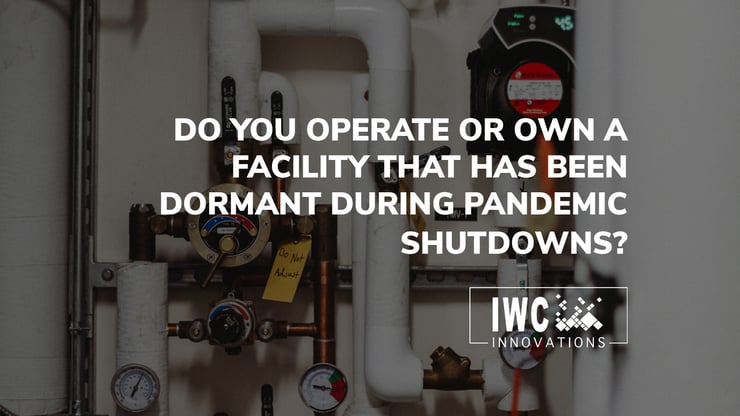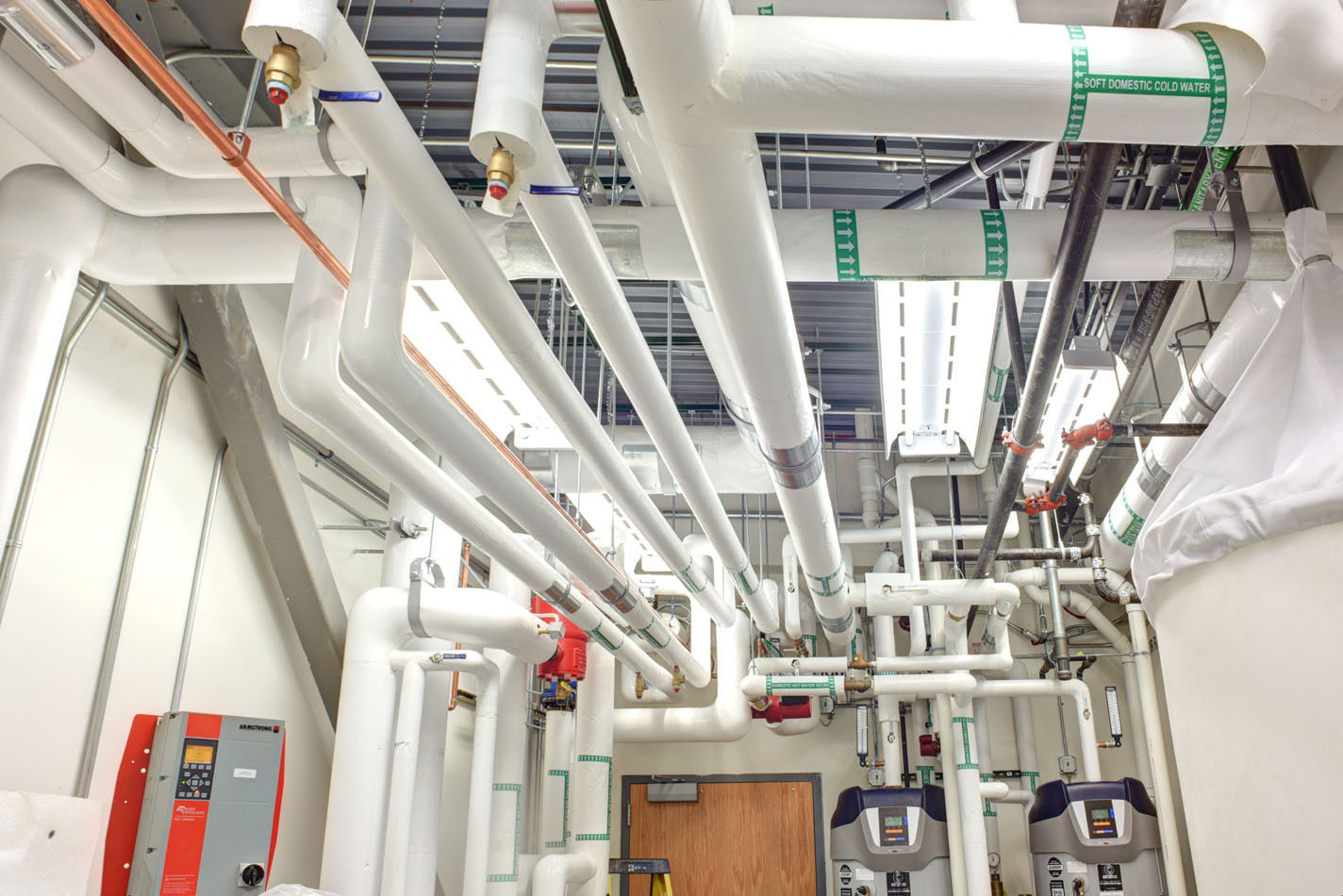Managing Legionella in Water Systems During the COVID-19 Pandemic
Why this guidance? While water systems may not seem to be high on the priority list during the COVID-19 pandemic it is important for the health and...

Flush your water systems if you own or operate a facility that’s been dormant during the coronavirus shutdown.
In the coming days and weeks, many businesses across the country will be navigating a new phase of the COVID-19 pandemic: reopening.
While this process will look different from facility to facility, each will need to ensure healthy water systems are a central component of their plans to reopen. That means following the CDC guidelines for reopening and evaluating how to ensure the safety of your building water system. Take the time now to plan for your reopening, so you’re prepared to take action once your facility reopens.
The Center for Disease Control is advising any public spaces, workplaces, factories, churches, schools, restaurants or facilities that have been temporarily shut down to follow their detailed guidance for re-opening to ensure water systems have not been contaminated with waterborne pathogens. Stagnant, or standing water can cause conditions that increase the risk for growth and spread of Legionella and other biofilm-associated bacteria. When water is stagnant, hot water temperatures can decrease to the Legionella growth range (77–108°F). Stagnant water can also lead to low or undetectable levels of disinfectant, such as chlorine.

Subsequently, stagnant water is a potential health risk and can impact water quality. It is necessary to systematically flush your water system. Flushing involves opening taps and other fixtures and letting water run to remove any stagnant water within plumbing and fixtures. Some buildings have water treatment systems and all those treatment devices need to be cleaned, flushed and maintained as part of the starting up process. After flushing, your water filters need to be replaced. If you have any point of entry water treatment system, such as a water softener or filter, replacement of the filters will be necessary.
It is anticipated that there will be an increase in reported cases of Legionnaires’ disease from the current lockdown. Facilities are encouraged to review their current water management plans to ensure the serious implications that arise from water stagnation are carefully reviewed and managed.
As a facility owner or operator, you are responsible for health and safety and need to take the right precautions to reduce the risks of exposure to Legionella bacteria. You must understand how to: identify and assess sources of risk, manage any risks, prevent or control any risks, and keep and maintain the correct records.
If you need support on keeping your building water systems safe, updating your water management plan or recommissioning your water systems before people return to work, please contact IWC Innovations at any time. info@iwcinnovations.com or 1-877-IWC-PLAN (1-877-492-7526)

Why this guidance? While water systems may not seem to be high on the priority list during the COVID-19 pandemic it is important for the health and...

Updated: Nov 16, 2018 Recent Updates to the CMS Mandates on Legionnaires’ Disease On July 6, 2017, CMS (Centers for Medicare & Medicaid Services)...

Updated: Nov 16, 2018 As the building and infrastructures in the United States continue to age, Legionnaires’ Disease can no longer be viewed as just...